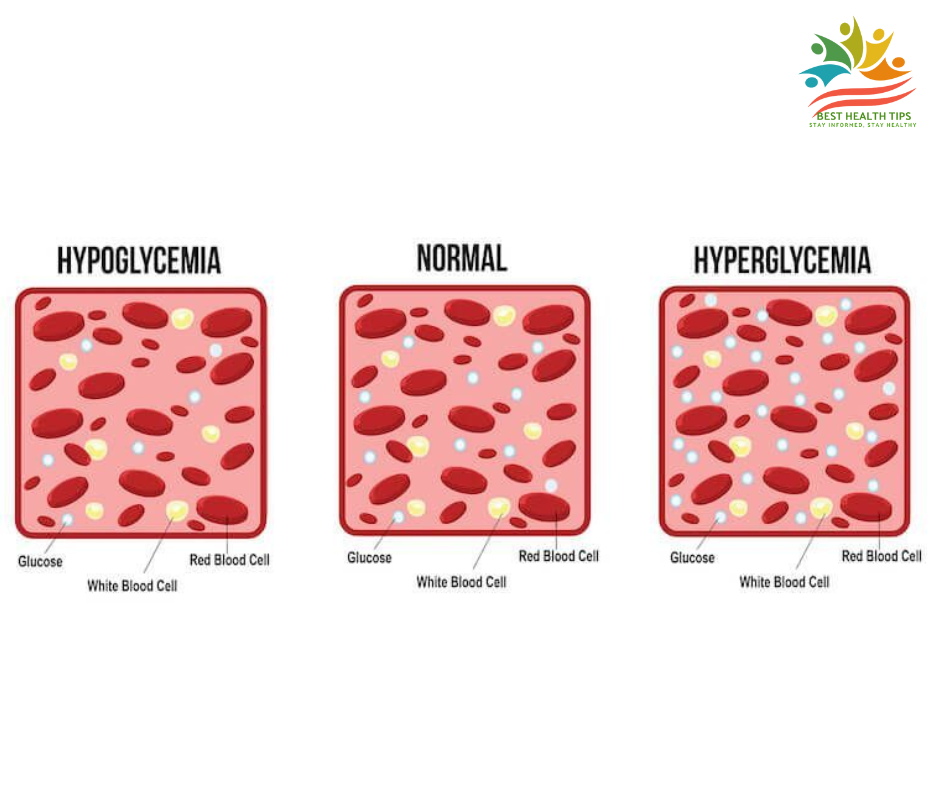Introduction
Diabetic ketoacidosis Nemours represents an extremely grave acute, occasionally fatal complication of diabetes. Such is due to the lack of insulin, in which one becomes unable to burn sugar for providing energy, breaks down fats; and thus generates nasty acids or ketones in the blood system. Type-1 diabetics suffer a lot with the complication but same may happen for type 2 diabetics also if under certain circumstances.
What is DKA?
Consider DKA as the overdrive alarm of your body. If your body is not getting enough insulin, it is like running out of gas in your car; things begin to fall apart. Your body starts breaking down fat for energy instead of using sugar. This leads to a buildup of acids called ketones in your blood.
Risk Factors
You might wonder who among these individuals is most susceptible to developing DKA. Yes, it’s most common among those diagnosed with Type 1 diabetes, but interestingly, it can occur in anyone with diabetes if the right set of circumstances unfolds. Triggers can be missed insulin doses, severe illness, or even extreme stress.
Warning Signs and Symptoms
Prediabetic Symptoms
- You are a little tired.
- Let’s discuss what to look out for. The initial symptoms are almost like whispers from your body:
- You cannot drink enough.
- You pee more than you would like.
- Your blood sugar reads a lot higher than it should be.
Blood Tests
When you reach the hospital, medical professionals would have conducted several tests on you. They are investigators looking for signs in your:
- Blood sugar
- Level of ketone
- Acid level in blood
- Balance of electrolyte
Signs of Emergency
These are the loud, red flags screaming “Get help now!”:
- Your muscles are weak, you can’t get up
- You have severe stomach ache
- You’re confused, you can’t think
- You cannot stop vomiting
Causes of Diabetic Ketoacidosis
DKA occurs when the body contains minimal amounts of insulin: thus, it spills glucose into the blood and breaks down fats to obtain energy. Breaking down fats will result in ketones that can reach toxic levels if not well controlled. The most common causes of DKA are the following:
Failure to Administer Substitutes for Insulin Doses: Most of the people miss some or all their dosages or do not have enough insulin: leading to the occurrence of DKA.
Illness or Infection:
Infections increase the body’s demand for insulin and this condition can cause DKA due to its inappropriate management.
Poorly Controlled Diabetes:
People suffering from diabetes poorly controlled are victims of DKA.
Physical or Emotional Stress:
Stress cause hormonal imbalance, which is mostly likely to surge blood sugar.
Alcohol or Drug Use :
Overuse of alcohol or misuse of drugs also increases the prospects of getting DKA.
Symptoms of Diabetic Ketoacidosis
Pre-treatment begins right away when in cases of DKA, very critical early evaluation is done. Usually, in all the conditions, all those symptoms appear that
Polydipsia and Polyuria :
There is trying through urine production as the mechanism through which this is done from within the human system.
Hyperglycemia :
Repeated or persistent rises above 250mg/dl. This becomes the first signs presenting in diagnosing DKA in patients.
Rapid Breathing (Kussmaul Breathing): The body hyperventilates to compensate for acidity.
Fatigue and Confusion: Cells are not receiving enough glucose, thus low energy and mentally fuzzy.
Abdominal Pain: It is a presentation symptom particularly for children with DKA.

Diagnosis of Diabetic Ketoacidosis
Diagnosis of DKA is ascertained using the following diagnostic tests:
Test for Blood Sugar: It checks the level of glucose in blood.
Test of Ketone : It is an indication of whether ketones exist in urine or blood.
Blood pH Test: This will reveal if the pH levels of the blood are found; DKA results in the condition of metabolic acidosis.
Electrolyte Testing: These check the disturbances because of polyuria.
Diabetic Treatment Ketoacidosis
Diabetic is an emergency condition that requires treatment. The two broad categories of treatment are:
Insulin Therapy: It keeps glucose levels in control and prevents excessive ketone production.
Fluid Replenishment: This helps replace fluids in the body along with electrolyte correction.
Treatment of the root cause: Therapy against drugs or treatment of the infection and the causative factor will prevent recurrence.
Prevention of Diabetic Ketoacidosis
Prevention of DKA is achieved by proper diabetes care through:
Maintenance of Blood Sugar Monitoring: Maintenance of glucose in target range
Insulin Therapy: Use of insulin according to a doctor’s prescription
Identification of Early Warning Signs: Response to the emergence of signs of hyperglycemia and ketones in the body.
Hydration: Enough drinking water prevents dehydration
Self-care in disease and stress: Prevention during illness and stress
| Year | Event |
|---|---|
| 1886 | First recognized as a fatal complication of diabetes. |
| 1922 | Discovery of insulin significantly reduced DKA mortality. |
| 1950s | Development of better diagnostic tools improved early detection. |
| 1970s | Introduction of blood glucose and ketone monitoring devices. |
| 2000s | Advances in insulin therapy and critical care improved survival rates. |
FAQs
1. How fast does DKA able to develop?
DKA can manifest within 24 hours, yet a child or some persons suffer a little quicker or even smaller periods of feeling ill.
2. Is it possible that DKA can occur with normal blood sugar levels?
That is rare but not impossible, as such as, for instance: blood sugar lower than normal in pregnant women; certain medical conditions.
3. How long does treatment for DKA take?
The treatment at the hospital is normally 24 to 48 hours, though it varies with people.
4. Can DKA be prevented while one is unwell?
Yes, by watching closely and according to the directions given by your health care provider about sick days.
5. What goes in my DKA emergency kit?
Testing materials, extra insulin, emergency contact numbers, and easily readable instructions for caregivers.
Conclusion
Diabetic ketoacidosis is among the serious complications in diabetes which, once the symptomatology identifies them, if transferred to the medical response with instant care can many times stop complications. Proper management with check up through proper procedures and keeping an eye and carrying out the activities given by health care physicians can easily mitigate the possibility for the production of DKA. If some person suffers from diabetes or has a near relative suffering from this disease, the better knowledge will always help to avoid any emergency or other complications from happening.
Read more about cure&treatment and other categories at Best Health Tipss.


